Friday, May 18, 2007
The World's Biggest Trance Lead?
YouTube via suitandtieguy.
"In this video, I attempt to create the world's biggest trance lead using a Prophet-10 and the STG Soundlabs Radiophonic Accessory System under control of a x0xb0x. I'm not sure if i was successful, but it did sound pretty trancey. Other tools abused in this video include a CR-8000, Juno-6, Mackie mixer, Lexicon MPX-110, and Oktava MK-219 microphone. Modules available at stgsoundlabs.com"
1974 MOOG Model 15
 Title link takes you to shots via this auction. Update: the auction has been pulled.
Title link takes you to shots via this auction. Update: the auction has been pulled.Details:
"Complete with roll around stand, keyboard, and service manual with all drawings.
This model 15 comes with:
* (1)907a fixed filter bank,
* (1) 995 group of 3 attenuators
* (1) 904=A Voltage control low pass filter,
* (2) 902 VCAs,
* (2) 911 envelope generators,
* (1) 921 VCO,
* (1) 923 Hi pass & low pass filter bank with pink and white noise source.
* (2) 921B slave oscilators,
* (1) 921A oscillator driver,
* (1) bottom section includes mixer, mults, reversable attenuators, trigger outputs, control outs."
The Sephorath - Custom Analog Drone Synth
 Title link takes you to shots via this auction. This one went up just for that shot. Kind of reminds you of some of the people who comment on this site, doesn't it? ;)
Title link takes you to shots via this auction. This one went up just for that shot. Kind of reminds you of some of the people who comment on this site, doesn't it? ;)Details:
"A one of a kind, handmade beast of a synthesizer. All your heavy brooding synth nightmares wrapped up in one package. At the heart of the beast is a unique transistor based set of oscillators that squirt out some of the grossest and oddest waveshapes ive ever heard. The range is great from sub booming bass tones and crackling sawtooths up to the staticy white noise infused high frequencies.
The oscillator set is controlled by a group of lfo's with a very wide range, LED displays and individual depth controls. the lfos each vary the control votage to one of the oscillators for pulsing very subtle shifts in shape and pitch, to hard edged rhythmic songs that fall out of step with each other - get random - and then come back to the original rhythm. very nutso! Also are a filter control for cutting out high end frequencies as well as a feedback knnob for spitting the output of the synthesizer back into the first oscillator creating even more random tones.
This synth is very unconventional but the possibilities for different sounds are insanely vast. everytime i turn it one a new sound comes out. operates from7v-12v and will change tuning accordingly.
Dont think ill get around to building anything else like this for awhile. Also look out for a new type of delay/pitch shifter within one or two days! thanks!
Specifications:
*three oscillator tuning/filtering/shape knobs
*one master tune
*three LFO speed controls
*three LFO depth controls
*LED indicators
*Filter Knob
*Feedback Knob
*power switch/led indicator
*power by 9vdc 2.1mm boss style adaptor
*13 total Knobs"
Acidlab Bassline
 Title link takes you to shots via this auction.
Title link takes you to shots via this auction.Details:
Polyphony - 1 voice
Waveforms - Sawtooth and square
Midi in - Sync in / out
Cutoff - Resonance - Env Mod - Decay - Accent
CV - Gate output
2 Audio Output
Tuning control +/- 8 half-tones + Tuning switch
Tempo control
Cool On-board sequencer
Samples
Manual
Thursday, May 17, 2007
CME UF5 MIDI Keyboard with Waldorf Nano
 So that's what the Waldorf Nano looks like installed. I always pictured it as an internal card with nothing external facing on it.
So that's what the Waldorf Nano looks like installed. I always pictured it as an internal card with nothing external facing on it.via this auction.

SYNTHI A CLONE
 Not sure how much of a clone of the real thing this is, but it definitely looks impressive. Title link takes you to more details and shots.
Not sure how much of a clone of the real thing this is, but it definitely looks impressive. Title link takes you to more details and shots."The picture above shows the Synthi A clone almost complete. Some mods I have added are arrowed above. First on the oscillators 2+3 I have added audio/LFO frequency switching. On oscillator 1 there is variable synch with oscillators 2 or 3 (switchable). This synch sounds excellent..! In addition I have added switches on all 3 oscilltors that allow a choice of either frequency or waveshape modulation via the control input columns on the matrix patchboard. This is a really worthwhile mod in my opinion..lets you have pulsewidth modulation of oscillators 2 and/or 3 via oscillator 1 for example. I added 3 tiny gren leds above the corresponding matrix columns on the frontpanel. When you switch from frequency to waveshape modulation..the corresponding led lights up to remind you of that."
Yamaha CS10 on Sealed's Deep Synthesis Page
 Sealed has a new page up on the Yamaha CS10 with details and audio. Check it out as well as the other synth pages. Seled's Deep Synhesis Page is a great resource.
Sealed has a new page up on the Yamaha CS10 with details and audio. Check it out as well as the other synth pages. Seled's Deep Synhesis Page is a great resource.Previous Sealed posts
Thelonious Moog: Take 5, 6 &7
YouTube via guidotoons of Thelonious Moog. Some more Jazz with synth for ya.
"Thelonious Moog's version of the Paul Desmond/Dave Brubeck classic "Take Five" in 5, 6 &7!!! Visit: www.theloniousmoog.com"
Minimoog really starts to come in about a minute twenty into it followed by the lead at about two and half minutes in.
KORG MicroKorg
 I think this is the best shot of the MicroKorg I've seen to date. It's from this post on Loonytunes-Life The Universe and Everything. The image accompanies a nice Jazz track that actually features the KORG Legacy Digital edition; it doesn't feature the MicroKorg, but it is a nice shot. : ) My new wallpaper actually.
I think this is the best shot of the MicroKorg I've seen to date. It's from this post on Loonytunes-Life The Universe and Everything. The image accompanies a nice Jazz track that actually features the KORG Legacy Digital edition; it doesn't feature the MicroKorg, but it is a nice shot. : ) My new wallpaper actually.
Guitar through Korg MS-20 ESP
YouTube via deused. via Sonic State.
"Demonstration the MS-20 as a guitar Synth by using the External Signal processor note: i use a footswitch to trigger the vibrato."
Roland ARP and Oberheim
 Looks like we are in a bit of a Jupiter-8 run. More shots from this Matrixsynth forum thread. This one from Dissolver. Some auctions shots are coming next.
Looks like we are in a bit of a Jupiter-8 run. More shots from this Matrixsynth forum thread. This one from Dissolver. Some auctions shots are coming next.ARP OMNI 2
Roland Jupiter-8
Oberheim DMX
Oberheim DSX
Mr. Dick Hyman and the Early MOOGs
 Title link takes you to an interview with Dick Hyman on ErMan's Corner.
Title link takes you to an interview with Dick Hyman on ErMan's Corner."Mr. Hyman spoke to us about his virtuosity as composer, jazz pianist and experimenter of the very first synthesizers and moogs: the years with Enoch Lights' Command label, his past with Benny Goodman's legendary band, his moog experimentation, his unique interpretation and rediscovery of the American jazz school such as ragtime, be-bop and swing."
via Nikos:
"Check out his classic LP "Moog -the Electric Eclectics of Dick Hyman"(1968), although I don't know if it's your kind of favourite music. "The Minotaur" from this LP, is credited for many to have the first "krautrock-motorik" sequences ever. Also his lead sounds in this track, seem to influence Keith Emerson in his "Lucky Man" solo -this fantastic (Moog) triangular shape, with lots of glide. Also, it seems that Hyman loves Greece, because the first track on the record called "Topless dancers of Corfu"! "Corfu" is an beautiful Greek Island -in Greek the name is "Kerkira", were the 'i' proncounced 'ee'. And "Minotaur", is an monster in an ancient Grete (-another Greek nice island) myth tale. I'm happy about this.
Thanks and cheers
Nikos-"the space_nerd"
Greece"
Thanks Nikos!
Barry Schrader, Morton Subotnick and John Payne - CalArts studio B-304
"The following flickr stream was from CalArts studio B-304 taken in the fall of 1976 featuring Barry Schrader, Morton Subotnick and John Payne and a whole lotta Buchla 500. John as you may remember came up a couple of months ago on Matrixsynth in the posting regarding Mort's use of the 300 at Ircam [link]. He went on in later years to become the Assistant Dean of the CIA School of Music and founder of it's Music Tech department. Photo b_304.2 has a good view of the entire studio, save the three other JBL's which are out of frame (it was a quad studio - there was one in each corner)."
b_304.1 pictured.
"Barry Schrader, Morton Subotnick and John Payne stand in front of the Buchla 500 in CalArts' sudio B-304 in the fall of 1976."
via Peter Grenader.
Posts featuring Barry Schrader
Posts featuring Morton Subotnic
Posts featuring John Payne
Update: As always check the comments for more info.
via Peter:
"There are two more 500's that I know off - at Evergreen and another somewhere in Europe (pardon the senior moment, i don't remember where exactly). This is not to say there aren't others...I'm just not aware of any. The one in the photo here was the first - the development system Don constructed while on staff at CalArts. I do know the 500 was adondoned quickly and resurfaced as the 300 series which included direct routing of computer control the various modules (259 VCO and 292C Gate for example) -and- the digital VCOs."
"the box screwed into the side of the main cabinet is a speaker selector which i f i remember correctly wasn't on line. Another bit of trivia - this was taken about the time of Mort's Game Room project that Gary Chang, Jill Frazer, Darrell Johansen, Sue Harvey and I worked on. The room next to 304 (other side of the wall which is shown behind the Buchla) was 305. It had a large 100 system (three cabinets) and for the Game Room we cut a hole in the base of that wall to run audio cables out from the tape machines to play quad audio snippets into the game area. This also took signals directly from the game board in 305 where signals were decoded and sent to the various controllers (audio, film, Buchla-controlled OCR light dimmers, etc.).
Against the other wall - opposite the one behind the 500 - was studi oB-303, which was pretty much a duplicate of this one sans the computer control - so it was a 200 studio, not a 500 studio. It also had the huge JBL monitors which were hung form the ceiling on metal brackets made by Chas Smith (which are still in place today). There's a photo of 303 at Barry's Schrader's website: link
Most people preferred working in 303, mainly because the 258's were easier to get to. On the 500 system they were all on the top row, which was a pain for most. The upside - studio time was easy to book in 304 for this reason I spent a lot of the early mornings here - tarting usually at 4AM and going until classes began around 9."
via an anonymous comment:
"Evergreen has/had an early 300 its computer is non functional. There were 3 500s from what i understand, 1 went to Norway, 1 to a campus studio in NY and the 3rd was of course at CalArts..
the Norway one was moved around a lot as it was purchased by 2 or 3 studios/organizations and because of its fragile nature it didnt survive.. it was apparently parted out after it became nonfunctional.
The CalARTs system was also disassembled and parts were sold to various buyers around the US in the famouse 90's sale ..nobody is too sure what happened to the digial components..
the 3rd that was in NY was sold to a collector in the 90's, tho it should be noted that that system was returned to Buchla for upgrading/overhaul in the late 70's and was reassembled with 300 series components, so it is more of a 300 now then 500... I don't believe it has been tested or turned on in over a decade.
another note, there were 2 versions of the 300.. the early system used tech from the 500 (the gating matrix for example - which controlled early versions of the 281 and 292B gates - the remote function on later 281s and 292Cs was never implemented) the later 300s were more of a self contained system ( with 200 modules for processing ) which eventually became the Touché and the 400."
Devi Ever USA : AR OK : drum / synth hack
YouTube via wwwEFFECTOR13com. Title link takes you to more.
"The OK Artifact is the epitome of what I originally envisioned the Artifact line of effects to me; random mutations that are odd, yet strangely useful.
In this case, the OK is another descendant of the "Punch Love" circuitry which has become everything from the AR 33 to the AR 05.
Now it's the OK, a strange fuzz / overdrive that changes it's character around buffered bypass pedals (and other pedals in general when on), but by itself creates a strange stuttering sound on high guitar strings, and a gutteral fuzz on the lower strings.
On bass, it totally rawks, but I'll have clips for that later.
A truly experimental device in all regards. Only 10 components on the PCB. Doesn't take much for strangeness to occur in audio electronics!
http://www.deviever.com/"
Teisco SX 400 Patch
YouTube via tardis454.
"The Teisco SX-400, a rare and obscure synth made by the Kawai/Teisco company back in 82'...Back in 82!!(Napoleon Dynamite). I don't think many people have these synths, and if they do it's probably broken. Mine is 95% functional. Here's a decent patch of what the SX-400 can do"
Elepian
 Title link takes you to shots via this auction. Not a synth, but I've never seen one of these before. Anyone know more about this one? It looks influenced by Roland.
Title link takes you to shots via this auction. Not a synth, but I've never seen one of these before. Anyone know more about this one? It looks influenced by Roland.Details:
* touch sensitive keys
* slow/quick attack
* 3 decay settings
* 2 organ settings
* 2 harpsicord settings (brass/wood)
* control of vibrato (speed/depth)
* sharp to flat tunning dial
Waldorf Q
 Title link takes you to shots via this auction.
Title link takes you to shots via this auction.Everyone has a synth that got away. This was it for me. I ended up with the newer blue Q Rack at a Sam Ash blowout for only $650, and I love it, but... I always wished I bought a brand new older blue Q keyboard instead.
Wednesday, May 16, 2007
Alesis Micron Jam 1: Sunset
YouTube via worrydream.
"A little jam on the Alesis Micron. Leave a note if you like it, and I'll record more!
For the curious: This is all a single setup I made, called "Sunset", using stock programs. Here's what's inside:
Part A (lower octave): "SunsetPad" 4-bar pattern using "Solar Wire" program.
Part B (lower octave): "SunsetBassline" 4-bar pattern using "JacoInTheBox" program.
Part C (upper octaves): "Sandpaper Lead" program. Z-knob is mapped to fuzz pedal level.
Part D (upper octaves): "Arp Answering" arpeggio pattern using "EP? OK!" program.
Part E: "HH Hardcore" drum program, overriding drum B in the beats.
Part F (low D): "PR Squirch" drum program.
Beat A (low C): "Minimal 1" rhythm, latched.
Beat B (low C#): "Roll 01" rhythm.
Beat C (low D): "What Up 4" rhythm, latched"
vactrol pattern synthesizer
YouTube via cretin4321. via cliplead where you will find more info on it. It gets really good about 2:10 into.
buchla 200e rock n roll
YouTube via blindoldfreak.
Yes, I did previously post this here. Why am I posting it again? Well, at the time I did post it I was asked to keep the source anonymous. I can know reveal who this is, but instead of doing so I thought I'd let people guess first. If you already know who this is please do not ruin it for others. Feel free to guess in the comments.
Analog Sweden
 Bookmarking this one for when it goes live. Title link takes you there.
Bookmarking this one for when it goes live. Title link takes you there.via Fredrik Segerfalk's sig in the previous post.
ARP 2600 repair
YouTube via segerfalk.
"This is how a tech should do it. Fix the stuff and keep you amused. This is one of many videos I got from my tech when he fixed my ARP 2600"
via:
Fredrik Segerfalk
www.segerfalk.com
www.analogsweden.com
Krakli Free VSTis
 StringZ2
StringZ2"A new and much 'Improved' version of StringZ, we present StringZ2. Now much more capable of providing pad ensemble sounds as well as the PM sounds that StringZ was famous for. This version boasts the keyscale controls first introduced in Rticul8r. Here they can be used to good effect to fine tune the filter or harmonics across the keyboard. This version also has a reverb unit built in that can become part of the voice architecture. Complete with a full bank of 128 presets which have been kindly contributed by Tim Conrardy and Himalaya showing the full range of this distinctive keyboard."
mp3 demo
Title link takes you to the rest. via gearwire.
Roland Jupiter-8
 Title link takes you to some tasty shots of the Roland Jupiter-8 on the Matrixsynth Forum via cynep.
Title link takes you to some tasty shots of the Roland Jupiter-8 on the Matrixsynth Forum via cynep.
Synth Jam
Title link takes you to a synth jam by Dennis featuring the following:
Roland TR-606 as clock and drummachine.
RSF Kobol for the whoom.
Livewire Dual Cyclotron for the melodie trough an Analogue Systems scale programmer.
Wiard VCO + 2 Classic Borg Filters
Cynthia Zero Oscilator + Dual Wasp Filter.
Wiard Sequantizer for the weird slides and transposes.
Roland TR-606 as clock and drummachine.
RSF Kobol for the whoom.
Livewire Dual Cyclotron for the melodie trough an Analogue Systems scale programmer.
Wiard VCO + 2 Classic Borg Filters
Cynthia Zero Oscilator + Dual Wasp Filter.
Wiard Sequantizer for the weird slides and transposes.
Vaco Loco
Click here for Paul Maddox's Vaco Loco. You'll find tons of synth content including info on the Defender, Monowave, Monowave II, Phoenix, PolyDAC and Midi2SDS, some of which have been featured here before (btw, the Search box up top and to the right are your friend).
The Formicarium
 Studio shot via The Formicarium. Check out the site for audio, info and a few more shots. There are some really good soundscapes.
Studio shot via The Formicarium. Check out the site for audio, info and a few more shots. There are some really good soundscapes.Synth Gear Pictured:
Elektron Machinedrum
Sherman Filterbank
Elektron Monomachine
Latronic Notron Sequencer
ARP 2500 NOODLE
 Title link takes you to an ARP 2500 track sent my way via ben.
Title link takes you to an ARP 2500 track sent my way via ben."I thought you might like to hear a little "ARP 2500 NOODLE" i did yesterday [actually its nearly 7 mins long]. It's an arp going through an ibanez AD-80 delay pedal. It's in mono. The arp is set up to play a simple sequence [notice it is 10 steps long] and I tweak the pitch etc as it goes. I also tweak the delay repeat/time/blend knobs. Note that this is an analog delay pedal from the 70s, using the amazing Panasonic MN3005 bucket brigade delay circuit"
GRS VCO.3 and H.R. Giger
 via Nikos-Greece
via Nikos-Greece"a picture I found in a Taschen book about the famous Swiss artist H.R. Giger.(see "Alien" and ELP'S "Brain Salad Surgery" cover) Well, in the picture, you can see behind the couple(?) the rare Italian synth GRS VCO.3. According to "A-Z of Analogue Synths" by Peter Forrest,only 30 of them were made,and it is reported that it was a great sounding synth. So maybe in the 'famous users list' of A-Z, could be added this couple of engineers. An (Eminent) Solina can be seen also, under the VCO.3.
You can also find a photo of the GRS VCO.3, in Sequencer.de site, as it's featured in the swiss synth "Synthorama" collection."
jimmy tamborello
circuit bent drum toy (a.k.a. HarshDrum) - circuitbend.it
YouTube via eraser801. Sent my way via EraSeR. Also check out circuitbend.it.
Watch your volume levels on this one.
"It has 5 buttons: 4 to trigger the usual drum sounds, 1 for
a demo pattern.I've also add a LFO circuit to trigger a
sound or the demo, for looping sounds.
Bends controls are:
-Slow motion
-Fast motion
-Chirping sound"
SYNTEZATORY.PRV.PL

http://www.syntezatory.prv.pl
If you've been coming to this site for some time, you no doubt have enjoyed the video and images of wc olo garb, aka jexus(youtube), aka polaranta(flickr). Well, I just realized that although I link to his site in each post, I've never put up a post exclusively on his site. Well, here it is. If you haven't taken a look at his site recently, do check it out. If you like synths, you will not be disappointed. Also check out the links above for his brilliant videos and some outrageously funny shots. Wc Olo Garb rules.
Algorithmic VSTi Music Systems by H.G. Fortune
 Update: some of these are FREE.
Update: some of these are FREE.ProtoPlasm21 Synthesizer
"The upgraded ProtoPlasm 21 has been reworked at a great extend and has become nearly a completely new synth. With it's new features like Super Modulation Morphing (SMM), key-control on Delay (LKO), LFO modulation matrix and a dedicated Attack Oscillator it enhances it's main purpose as synthesizer for vivid textures, soundscapes and pads. Even more with SMM and LKO there is a highly improved realtime control now." See the video at the end of this post.
 STS-26 Synthesizer
STS-26 SynthesizerWave-Transition method for absolute unique atmospheres, soundscapes, pads & textures. This synth adds a stunning new dimension and motion for evolving sounds changing completely it's characteristics. Completely new set of 128 wave + 21 loops."

X-Wheel of Fortune 3
"(X-WoF 3) is a multipart integrated algorithmic VSTi music system for creating tracks based on 8 instruments-parts. Each patch/preset may be a complete musical track, a track for backing a live performance etc. This can be arranged in using the algorithmic Wheel mode for free floating or the Scale step mode for harmonically prestructured tracks."
"This is a stunning video leading You into space by sound & vision. The track is done using HGF's new ProtoPlasm 21 VSTi Synthesizer plus some additional wavefiles fed into it's oscs. Enjoy and have fun!"
Title link takes you to there. via Sonic State.
Hot Dog Machine (Experimental Lab Setup)
YouTube via drewtoothpaste. Previous synth vids by drewtoothpaste.
"Shown in this video is a lab-scale thermal depolymerization unit. It uses steam to break food waste up into its components. We don't use moldy or rotten food for this, but leftovers are perfect, and you can use anything from meat and eggs to coffee grounds, vegetable peels/greens, bread, etc.
The demonstration I did in this video was using takeout rice and tomato sauce with meat, which were leftovers from two separate meals. The resulting hot dog from a feed of this size and type(135 g, mostly grains) is typically around 40g. The rest of the mass ends up in a liquid waste stream of amino acids and simple sugars, which makes an excellent fertilizer for the garden. There is a bit of waste oil/fat left over, which is simply thrown out, but in a larger scale, could certainly be used as a biodiesel source.
I've set this unit up to make hot dogs by incorporating a molding unit. The high-protein DC stream is primarily used to form the hot dogs, and I currently have the unit set to add 9% fat and 2% carbohydrates. The liquid mixture is heated and agitated to form a hot-dog slurry, using the steam exiting the decomposition process, in order to remove some of the latent water.
The mineral content of the feed leaves with the waste amino acids and sugars. Inside the machine is a 250mL vessel with a solution of salt and natural flavorings that is added to the slurry immediately before the molding stage, to replace the mineral content and adjust the taste.
The finished product is nearly indistinguishable from a store-bought hot dog, and hey... at least you know what it's made of.
I'm not a chemist (professionally) anymore, but I do make comics every day. You can find the comics at http://www.toothpastefordinner.com and http://www.marriedtothesea.com . You'll like them. Even if you don't like hot dogs." Oberheim Xpander
Thelonious Moog
 Dave M wrote in to let me know I haven't put up a post on Thelonious Moog. I did a quick search and sure enough, I haven't! Well, here it is. Title link takes you there. You will find a number of small but drool-worthy shots and the story behind the making of Thelonius Moog.
Dave M wrote in to let me know I haven't put up a post on Thelonious Moog. I did a quick search and sure enough, I haven't! Well, here it is. Title link takes you there. You will find a number of small but drool-worthy shots and the story behind the making of Thelonius Moog."The vintage analog synths used during this project are the key to these arrangements. Many of the stylings are a direct result or influenced by a particular synth sound or patch or rhythm. There are too many items to cover in depth, so I'll just touch on a few that were crucial to the sound of the disc.
A lot of the leads and most of the synth bass parts were done by the old standby Minimoog. A real no-brainer there. I would have to say the real "stars" were the RMI Keyboard Computer 1 (it gave its life for this recording – RIP, dear, sweet RMI, along with a Prophet Five that can actually be heard dying on Beshma Swing!), an Arp 2600, an EMS Synthi AKS, a pair of newly aquired Moog 900 series modulars, and a modular from a new analog synth company, Synthesizers.com. We also used a couple of extremely rare Buchla synths, the Music Easel, and a Series 100 modular. The goofy rhythms were supplied via an old Acetone beat box and something called a "drummer." I have to say that these pieces were the "stars," and we just played the melodies. The studio has many other traditional keyboards – piano/organs/clavinets and such – so we just threw the damn rulebook out that first night."
Creamware Prodyssey ASB - bass presets - part 1
YouTube via triumphthruxton.
"Creamware Prodyssey is a hardware replica of the ARP Odyssey with an ARP and Minimoog filter. This video shows some tweaking with the preset bass patches. We really like it! www.clickpop.net."
Marsona 1200
"Vintage Marsona 1200 sleep aid device. This unit is actually an analog white noise generator, such as you would find on many old analog synthesizers. The white noise is modulated to simulate rain, waterfalls, and surf. There is a knob to select between these sounds, as well as knobs to change the surf rate, surf range, tone, and volume. There is an onboard speaker, or the sound can be amplified (or run into effects pedals) through the 1/4"output. Everything is in perfect working order and the power cord is intact. This would make a nice addition to any drone/noise musician's rig, or it can help you catch some Z's."
Looks like something by danmcp or devowski.
The SBC+ Super Bus Converter Plus Version 2.0

Click here for shots via this auction. There are videos at the auction.
Details:
"00, GR-300, GR-700, GM-70, G-202, G-303, G-505, G-707, G-808, VG-88, VG-99, GI-10, GI-20, GR-30, GR-33, GR-50 and More!
The Link Between Vintage, Modern and Future Guitar Synthesizer Technology
Combines Roland US-2, US-20 and BC-13 Technology in One Rack-Mount Unit, with Internal Hex Fuzz, CV Pedal Inputs plus more!
* Use ONE Vintage Roland Guitar Controller to play Three Guitar Synths: a 24-Pin Vintage Roland Guitar Synth and two 13-Pin Modern Guitar Synthesizers
* Special GK-1 Mode for GK-1 Users
* Built-In Hex Fuzz adds G-202 Style Hex Fuzz to ANY Vintage Roland or Ibanez Guitar Synth Controller
* Dedicated Switches for 13-Pin Systems
* Interface Vintage Roland Gear with OTHER Analog Synthesizers and Control Voltage Devices.
* Footswitch Control over 24-Pin Output, 13-Pin Output, and Direct Guitar Output or Auxiliary 13-Pin Output
* Additional SW1/SW2 Latching Footswitch Assignable to Primary or Auxiliary 13-Pin Synth
* 4 Electronically Buffered Rear Panel Inputs for Control Voltage Pedals
* 6 Front Panel Control Knobs for 24-Pin String Output Levels - No Need to Adjust Tiny Trimpots for Level Control!
* 4 Front Panel Control Knobs Selectable as Control Voltage or Volume Level
* 2 Front Panel Switches for Volume and Mute Assign
* 6 Rear Panel Individual Outputs for Each String
* Individual Output for Hex Fuzz Sound
* Selectable Internal or External Hex Fuzz sound
* 13 Front Panel Function Switches
* 10 Front Panel LEDs Show Mode Status of all Control Knobs and Power Supply
* High Quality Internal Power Supply
* Rack mountable or Desktop Operation
* Elegant Design

"New to Version 2.0 are individual outputs for each guitar string. The output level is controlled by the six output control knobs on the front panel. The output of the hex fuzz is fixed. In addition to the four CV pedal inputs, Version 2.0 has a new 7-pin Mute jack. The new 7-pin jack contains both the Mute functions and S1/S2 functions. However, the 7-pin connector is backwards compatible with the Version 1.0 and 1.1 5-pin footswitches. And the S1/S2 input jack allows use of the Version 1.1 S1/S2 auxiliary footswitch that used momentary footswitches instead of the latching footswitches found on the new consolidated footswitch.
Finally, one detail note: the input on Version 2.0 has been moved to the front panel. Also, the front panel input does not include a locking ring, but an additional locking ring is included with the unit. I simply found it faster and more convenient to skip the locking ring connection on the front. The primary outputs are still on the back, but the auxiliary output is on the front.

The SBC+ V2.0 has an unprecedented level of documentation. The 81-page General Design and Construction Notes is divided into three sections: Design and Build Notes, Reference Schematics and Reference Specifications.
The first section, Design and Build Notes, explains in detail how to use the SBC+ V2.0, along with example applications. Next are four pages explaining how the circuitry actually works, related to the four pages of electronic schematics that follow. In addition there are two full page color photos of the circuit cards, followed by part layout pages identifying each part and how it is wired on the color photo pages. And then there many pages of addition notes. The second section, Reference Schematics, includes schematics of circuits used as a reference for the design of the SBC+ V2.0, such as the GK-2, the IMG2010, US-2, US-20 and more. And finally, there is the Reference Specifications section, which reproduces technical information on critical components, like the LM13700 chip used for the internal VCA, and NTE 2355 digital transistors used for muting functions.
 This spiral bound technical manual is basically a collection of all my plans and notes on how I made the SBC+ V2.0. This is made available exclusively to the owner, so that they can understand how the unit works, or modify the unit if they choose. If the unit needs service, and for some reason I am unavailable, then a basic electronic technician will be able to easily repair any problems.
This spiral bound technical manual is basically a collection of all my plans and notes on how I made the SBC+ V2.0. This is made available exclusively to the owner, so that they can understand how the unit works, or modify the unit if they choose. If the unit needs service, and for some reason I am unavailable, then a basic electronic technician will be able to easily repair any problems.I modeled this reference manual after the original GR-300 service notes, that not only gave technical data, but also explained in detail how the GR-300 works in clear English."
Link to the videos while they are up.
PREVIOUS PAGE
NEXT PAGE
HOME
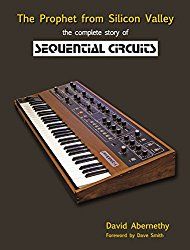
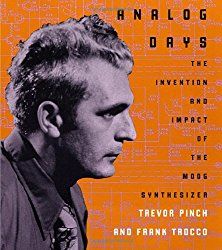
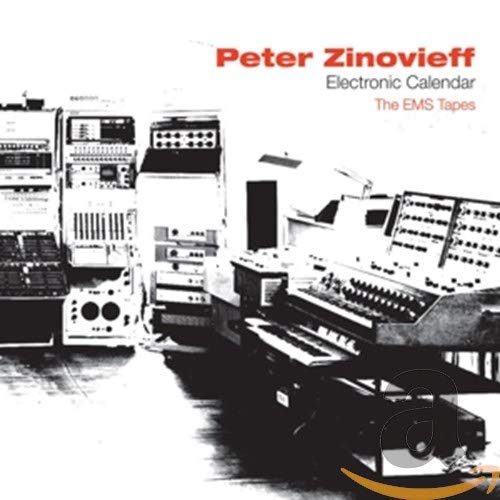
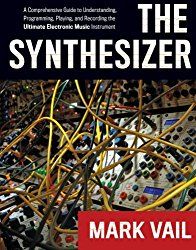
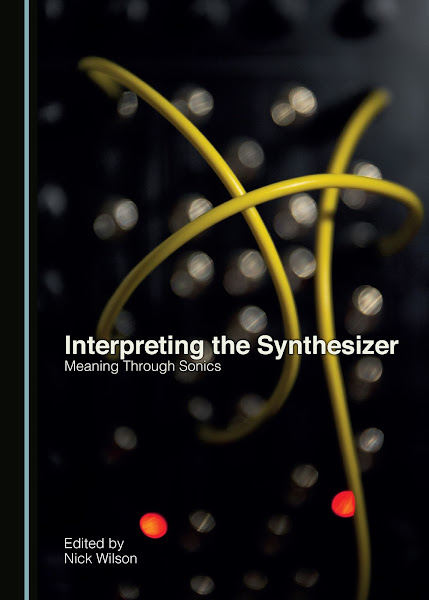
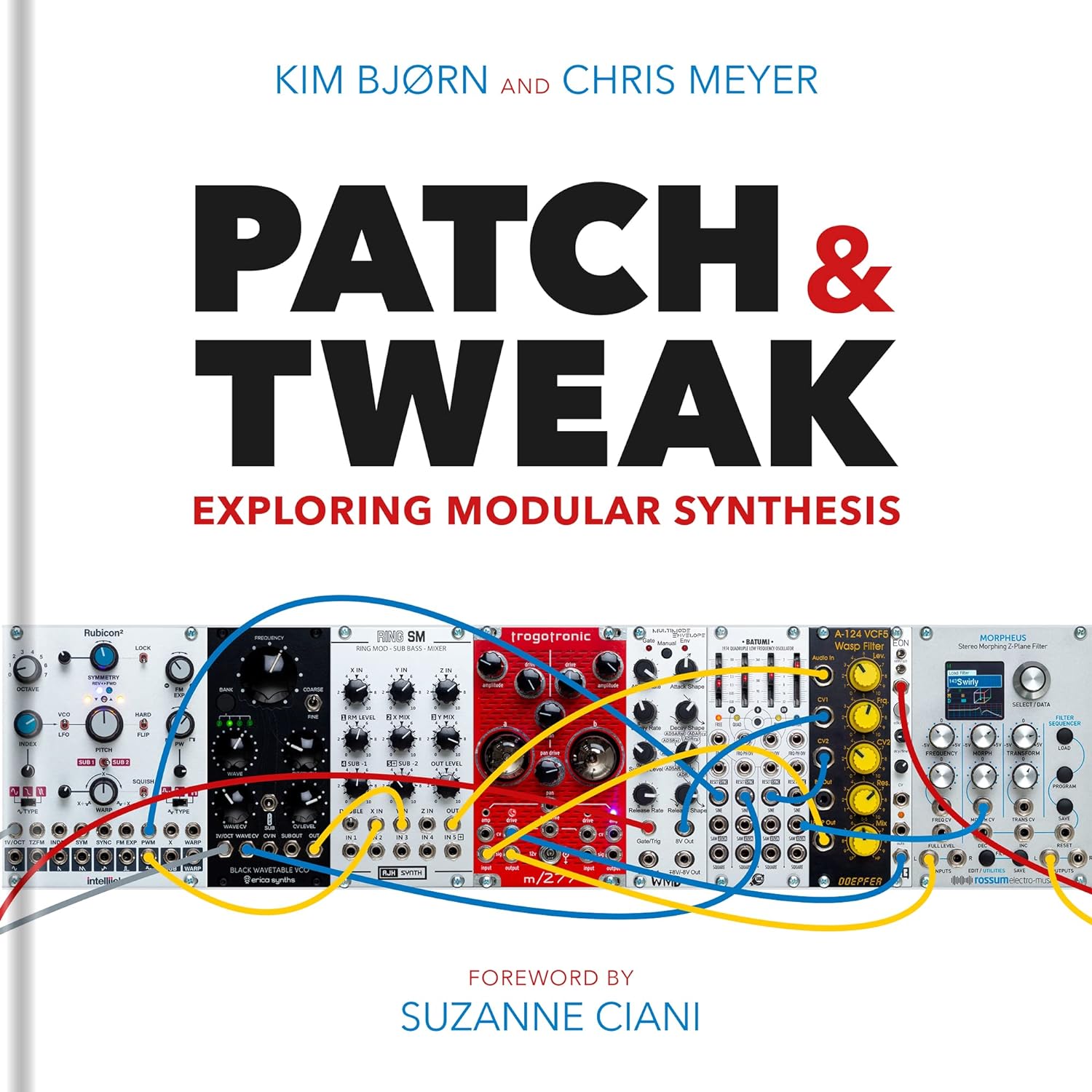

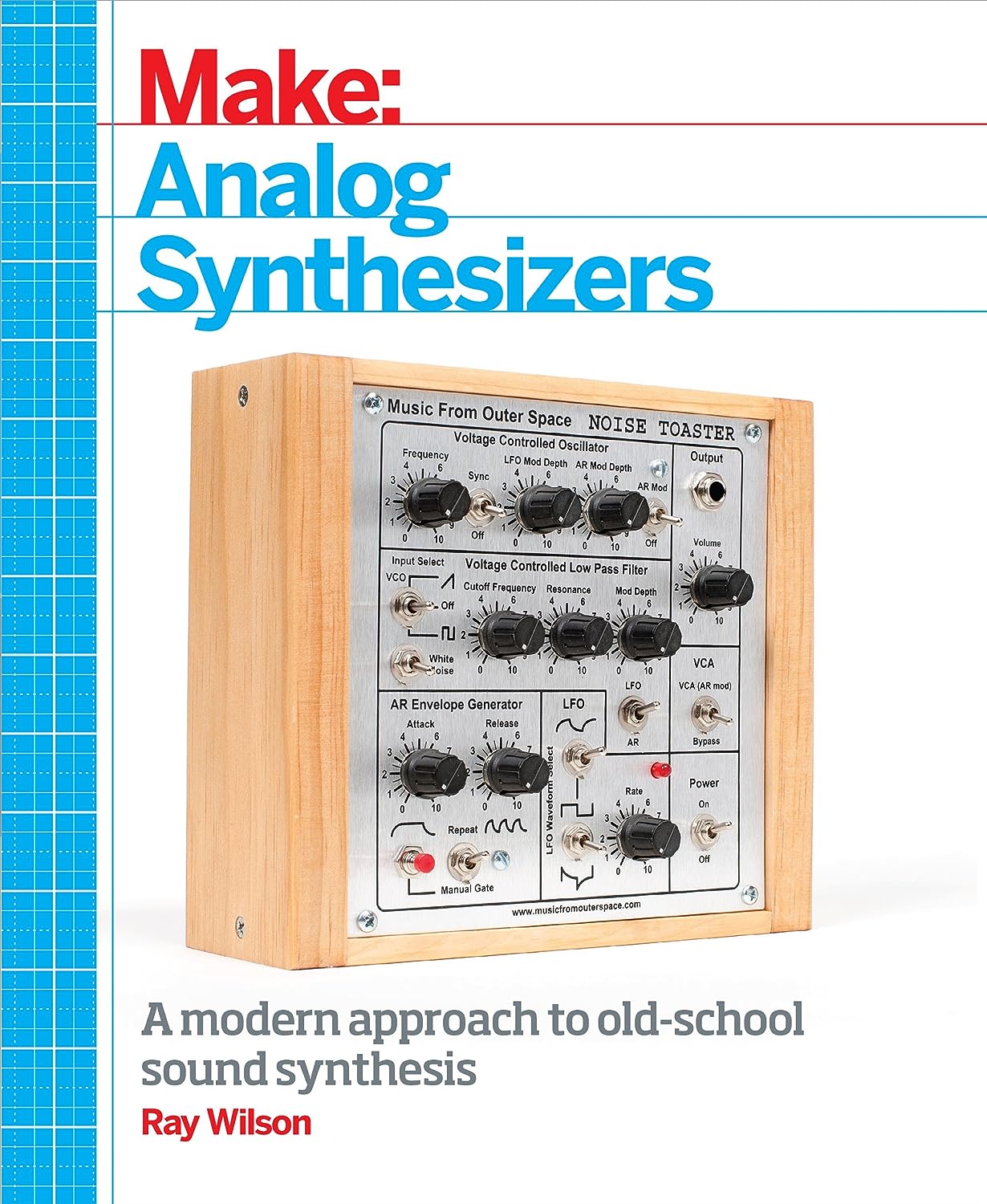
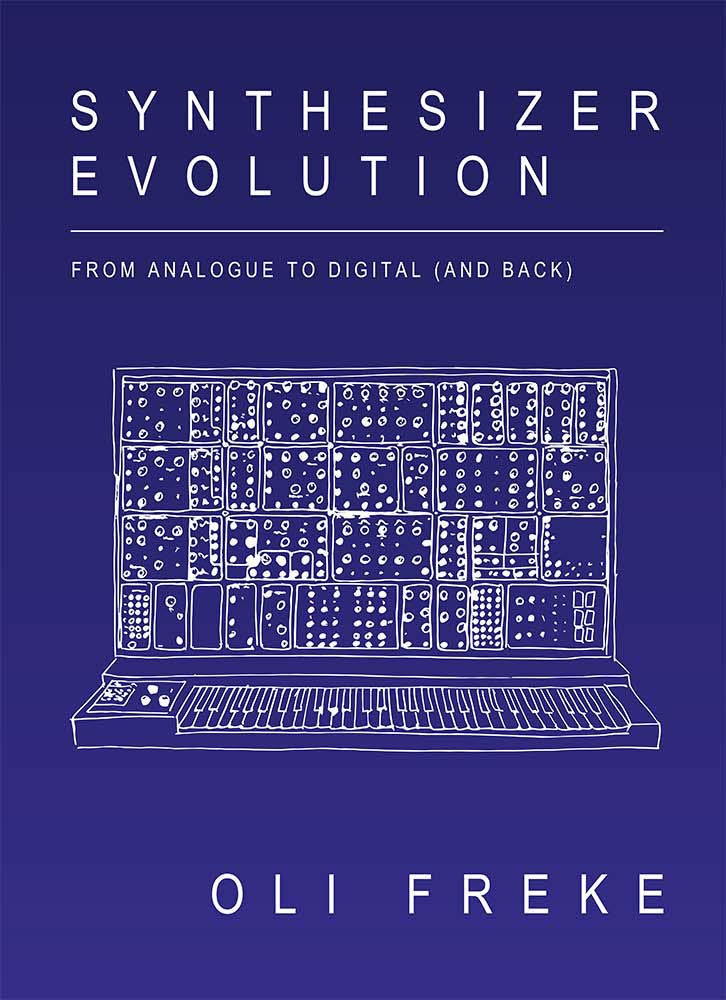
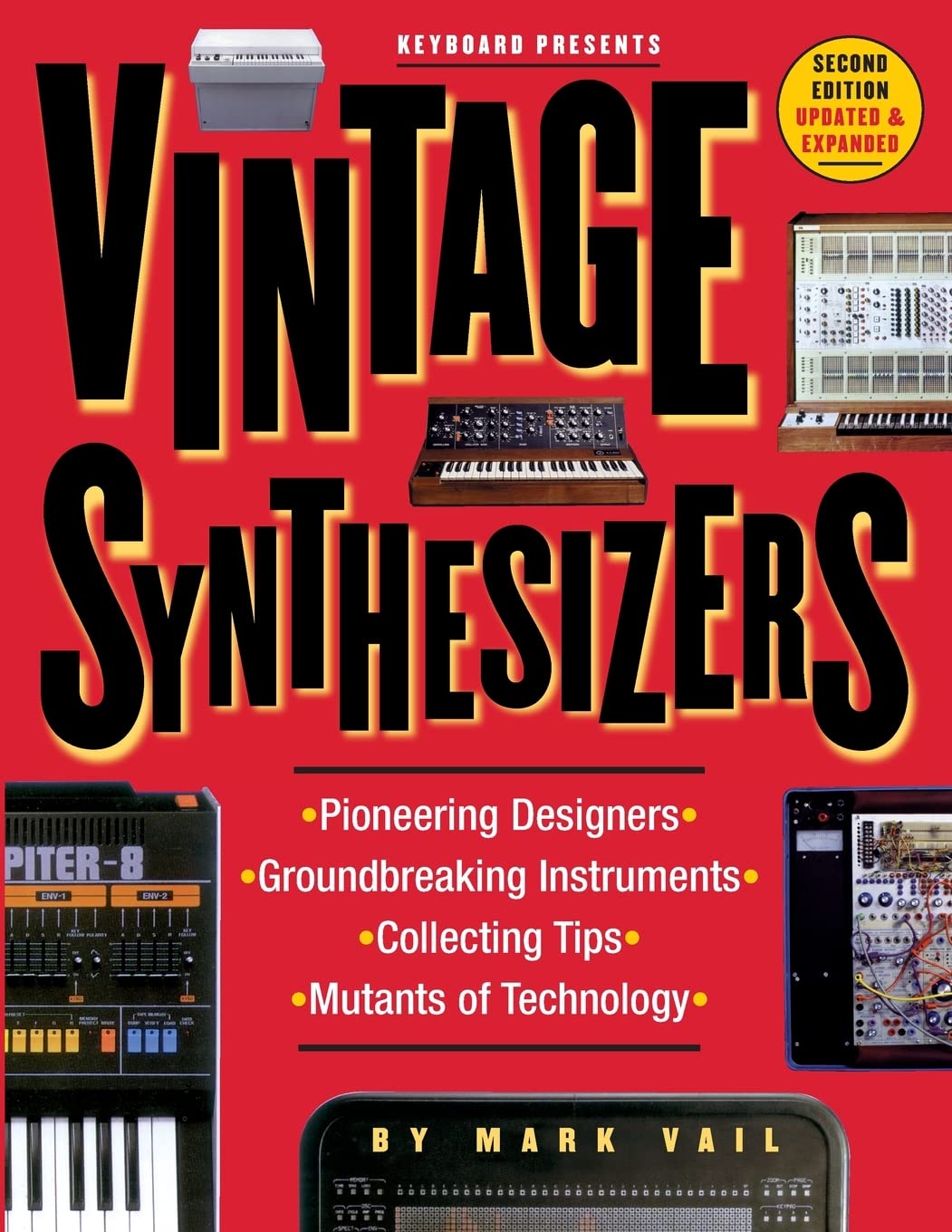
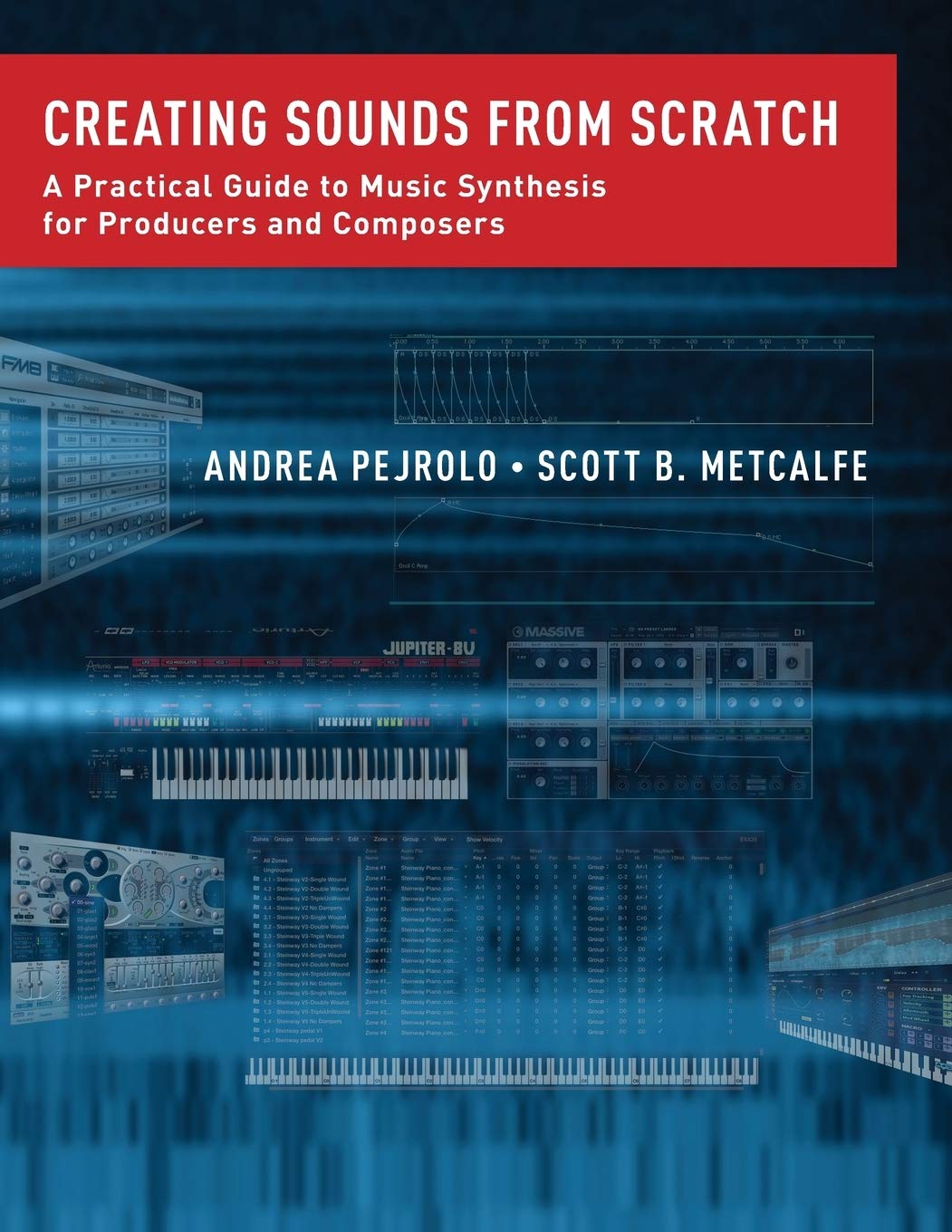
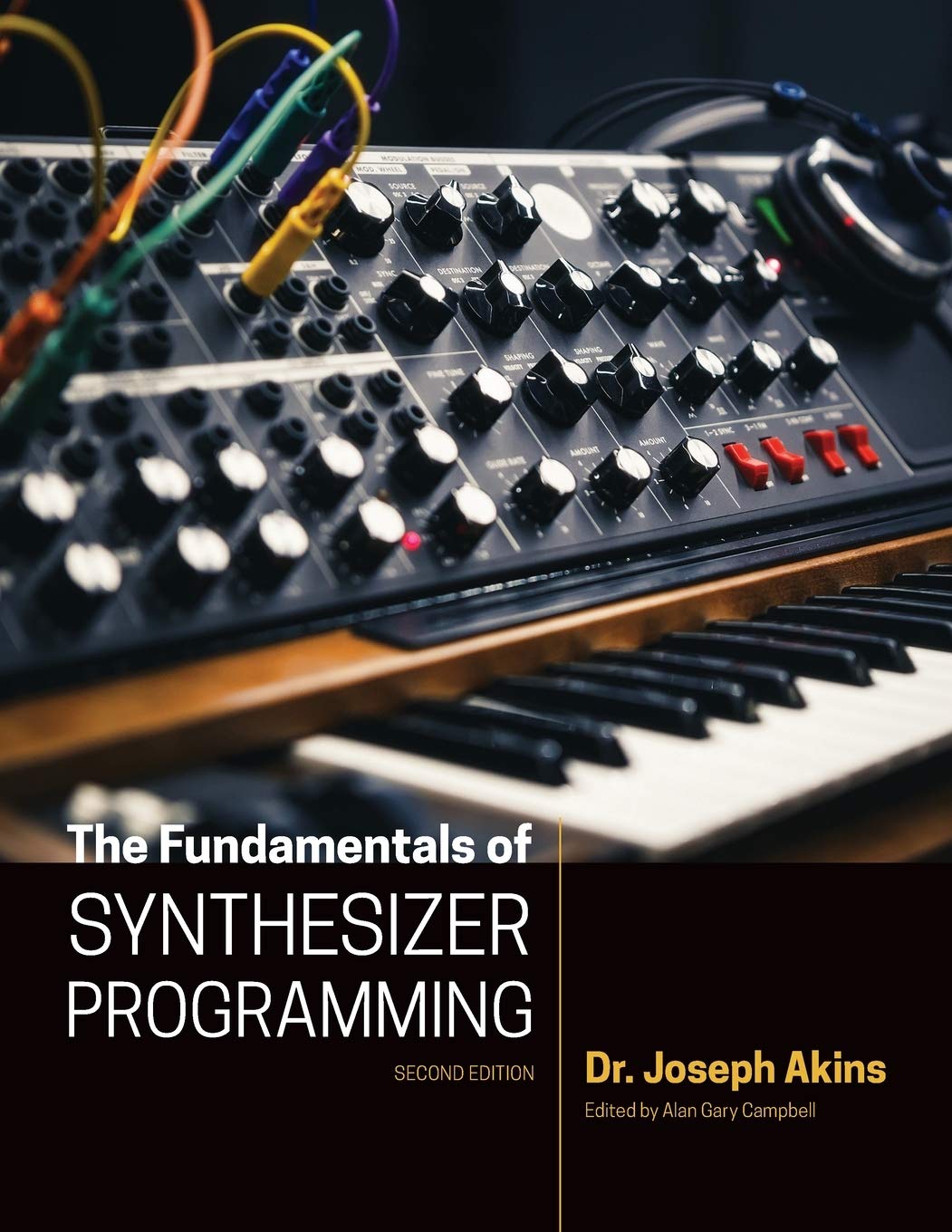

© Matrixsynth - All posts are presented here for informative, historical and educative purposes as applicable within fair use.
MATRIXSYNTH is supported by affiliate links that use cookies to track clickthroughs and sales. See the privacy policy for details.
MATRIXSYNTH - EVERYTHING SYNTH













© Matrixsynth - All posts are presented here for informative, historical and educative purposes as applicable within fair use.
MATRIXSYNTH is supported by affiliate links that use cookies to track clickthroughs and sales. See the privacy policy for details.
MATRIXSYNTH - EVERYTHING SYNTH




































